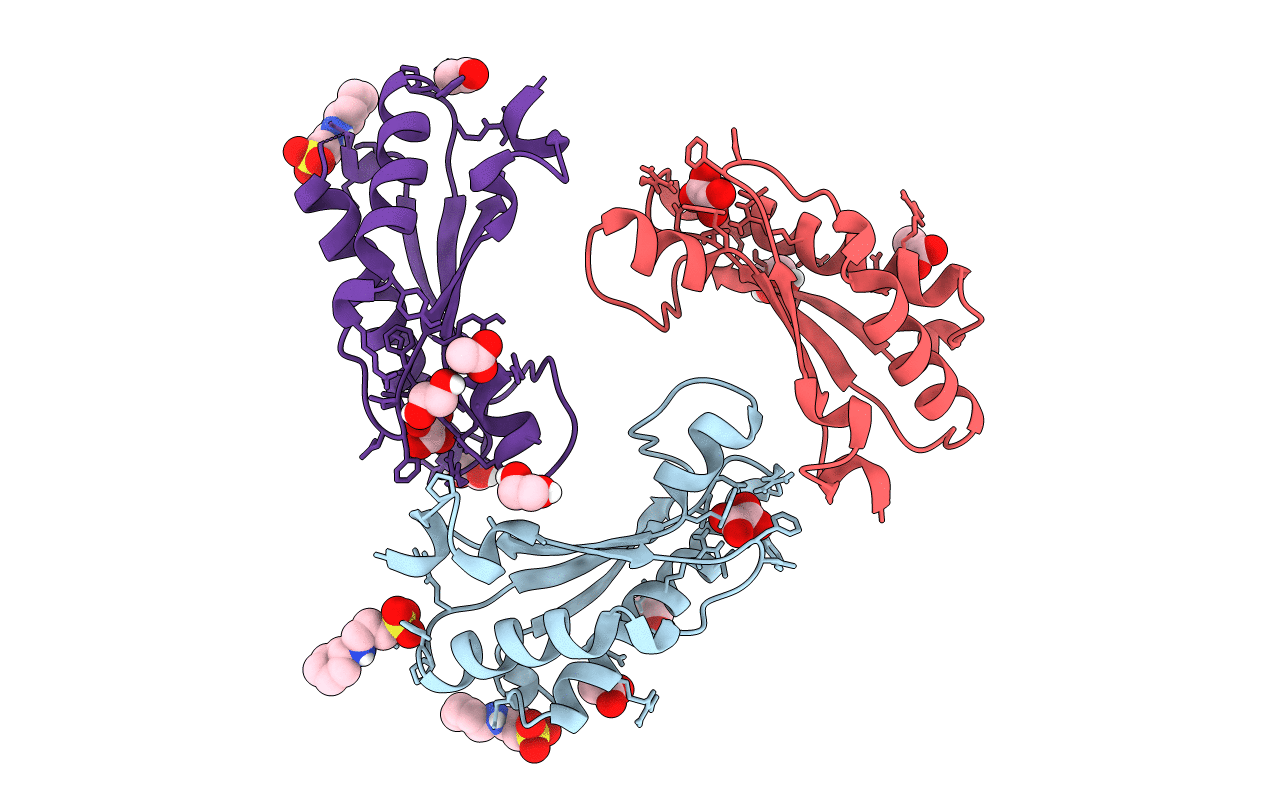
Deposition Date
2017-02-07
Release Date
2017-07-26
Last Version Date
2024-01-17
Entry Detail
PDB ID:
5N2C
Keywords:
Title:
Crystal structure of the peptidoglycan-associated lipoprotein from Burkholderia cenocepacia
Biological Source:
Source Organism:
Burkholderia cenocepacia J2315 (Taxon ID: 216591)
Host Organism:
Method Details:
Experimental Method:
Resolution:
1.80 Å
R-Value Free:
0.21
R-Value Work:
0.17
R-Value Observed:
0.17
Space Group:
C 2 2 21


